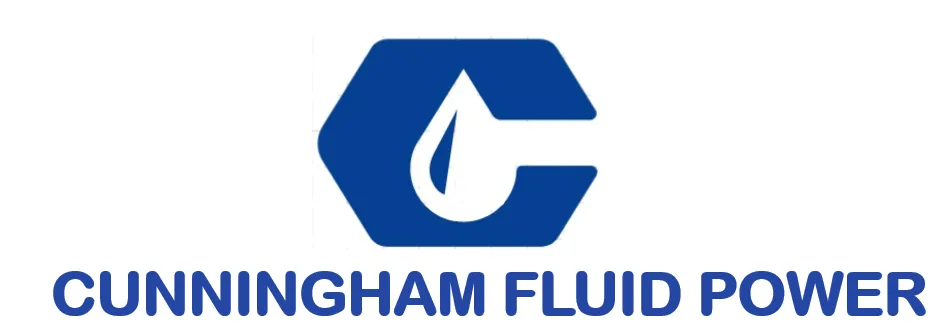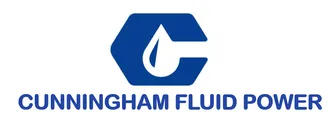The Ultimate Guide to Sourcing Low Temperature Wire for Your Business Needs
In recent years, the importance of Low Temperature Wire in various industries has grown significantly, driven by the demand for reliable performance in extreme conditions. According to a report by MarketsandMarkets, the global wire and cable market is projected to reach USD 263 billion by 2025, with low temperature applications representing a substantial segment of this growth. Industries such as aerospace, automotive, and energy are increasingly relying on low temperature wire to ensure the safety and efficiency of their operations, particularly in environments where traditional wiring solutions may fail. As businesses seek to enhance their technological capabilities and maintain high safety standards, understanding the nuances of sourcing Low Temperature Wire has become essential. This guide will delve into the critical factors to consider when obtaining low temperature wire, helping you make informed decisions to meet your specific business needs.
Understanding Low Temperature Wire: Types and Characteristics
Low temperature wire is an essential component in numerous industries, including aerospace, automotive, and medical technology. These specialized wires are designed to maintain conductivity and insulation integrity in extreme cold conditions, often down to -40°C or beyond. The primary types of low temperature wire include PTFE insulated, PVC insulated, and silicone rubber insulated wires, each offering unique characteristics. According to the International Electrotechnical Commission (IEC), PTFE insulated wires provide superior thermal stability and resistance to chemical exposure, making them ideal for high-performance applications.
When selecting low temperature wire, it's crucial to consider the wire's current-carrying capacity and insulation material. For instance, silicone rubber insulated wire is flexible and maintains its properties at low temperatures, which is beneficial in applications requiring dynamic movement. A study by the Wire Association International highlights that using the right insulation can enhance the longevity of the wire, reducing maintenance costs over time.
Tips: Always check the wire's thermal rating against your operational environment to ensure optimal performance. Additionally, utilizing wires with high thermal endurance can help mitigate risks associated with electrical failure. Lastly, consider the wire's abrasion resistance, especially in environments where the wire might be subject to wear and tear.
Key Applications of Low Temperature Wire in Various Industries
Low temperature wire plays a crucial role in various high-tech industries, particularly those leveraging superconducting materials. Recent reports indicate that the Chinese superconducting material market is rapidly evolving, with a clear divide between low-temperature and high-temperature superconductors. By 2024, low-temperature superconductors have already been commercialized, while efforts for high-temperature superconductors are accelerating, leading to diverse applications across sectors such as energy and transportation.
 In the superconducting industry, key characteristics like zero electrical resistance and strong magnetic properties of these materials are driving innovations. The application of low temperature wire is particularly significant in superconducting magnets, which are integral to systems used in nuclear fusion research and high-energy physics experiments. Notably, the commercialization of low-temperature superconducting wire has seen a notable surge, enhancing capabilities in power grids and other critical infrastructures, positioning these materials at the forefront of technological advancement in the coming decade.
In the superconducting industry, key characteristics like zero electrical resistance and strong magnetic properties of these materials are driving innovations. The application of low temperature wire is particularly significant in superconducting magnets, which are integral to systems used in nuclear fusion research and high-energy physics experiments. Notably, the commercialization of low-temperature superconducting wire has seen a notable surge, enhancing capabilities in power grids and other critical infrastructures, positioning these materials at the forefront of technological advancement in the coming decade.
Factors to Consider When Sourcing Low Temperature Wire
When sourcing low temperature wire for your business needs, there are several critical factors to consider to ensure you choose the right product. First, assess the temperature range the wire will need to withstand. Low temperature wires are designed for specific environments, so understanding the conditions they'll be exposed to—such as extreme cold or fluctuating temperatures—is essential.
Another key factor is the wire's insulation material. Different materials provide various levels of flexibility and resistance to environmental factors. For example, silicone or polyethylene insulation is often recommended for low temperature applications due to their resilience.
Tips for sourcing include consulting with your suppliers about their specific product specifications and certifications. Always check for compliance with industry standards to ensure the wire is safe and reliable. Additionally, consider purchasing samples before making a bulk order to test the wire’s performance in your specific applications, allowing you to make an informed decision based on real-world use.
Best Practices for Selecting Suppliers of Low Temperature Wire
When selecting suppliers for low temperature wire, it is vital to prioritize quality and reliability. Start by researching potential suppliers who specialize in low temperature materials. Look for companies that provide detailed specifications on their products, including information on temperature ratings and insulation types. This information will help ensure that the wire will perform adequately in the environments it will be used in. It's also beneficial to ask for samples or certifications to assess the wire's durability and compliance with industry standards.
Another best practice is to evaluate supplier reputation and customer service. Engaging with suppliers who are responsive and willing to provide technical support can make a significant difference in your purchasing experience. Feedback from other businesses in your industry can be invaluable in gauging a supplier's reliability. Additionally, consider suppliers who offer flexibility in order quantities and can accommodate bespoke requirements, as this can streamline your procurement process and enhance overall efficiency.
The Ultimate Guide to Sourcing Low Temperature Wire
Future Trends in Low Temperature Wire Technology and Sourcing Strategies
As the demand for specialized applications in industries such as aerospace, automotive, and medical continues to rise, sourcing low temperature wire technology has become increasingly vital. According to a recent market analysis by Grand View Research, the global market for low temperature wire is projected to reach $2.4 billion by 2025, expanding at a CAGR of 6.9%. This growth is driven by advancements in materials and manufacturing processes that enhance the performance of wire in extreme conditions.
Future sourcing strategies will likely focus on innovative materials, such as heat-resistant polymers and high-conductivity metals, which improve the wire's resilience and efficiency. In a survey conducted by the Electrical Wire Association, 75% of industry leaders indicated a growing shift towards using composite materials to achieve better performance at lower temperatures. Additionally, the increasing integration of automation and AI in the sourcing process allows companies to better analyze market trends and streamline procurement, thus enabling more efficient and effective sourcing strategies.

We have over 30 years of experience in designing complete hydraulic systems, repairs and distribution of fluid power equipment and parts.
FOLLOW US ON :
Contact Details
Address:
4020 SE 45th CT.
Ocala, FL 34480
Phone No:
Email:
sales@cunninghamfluidpower.com

